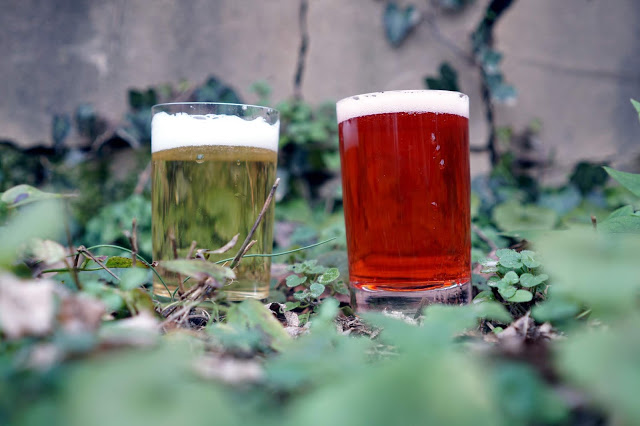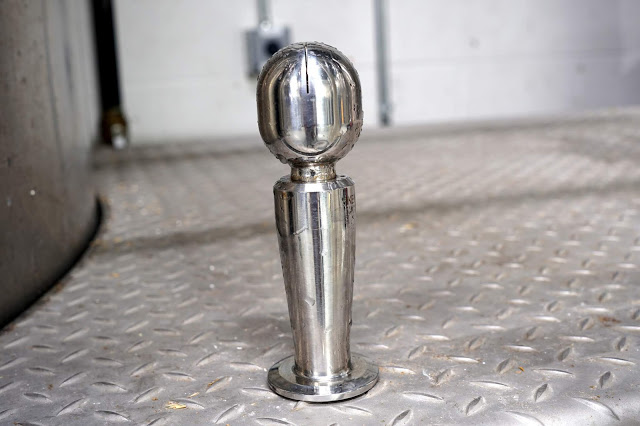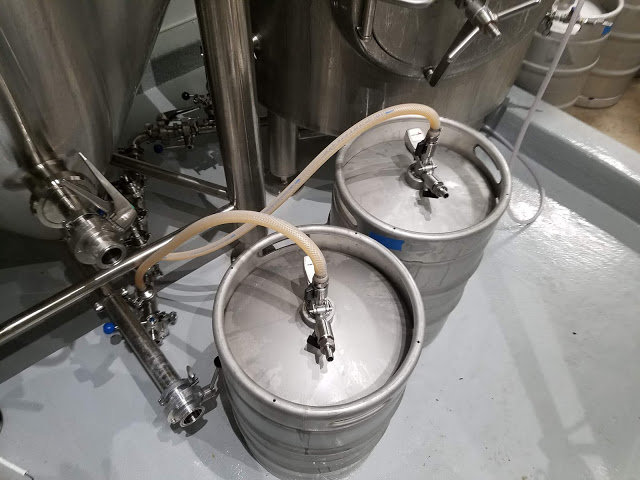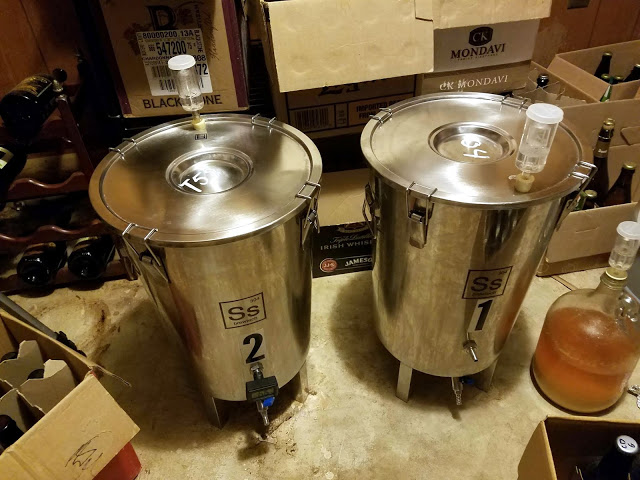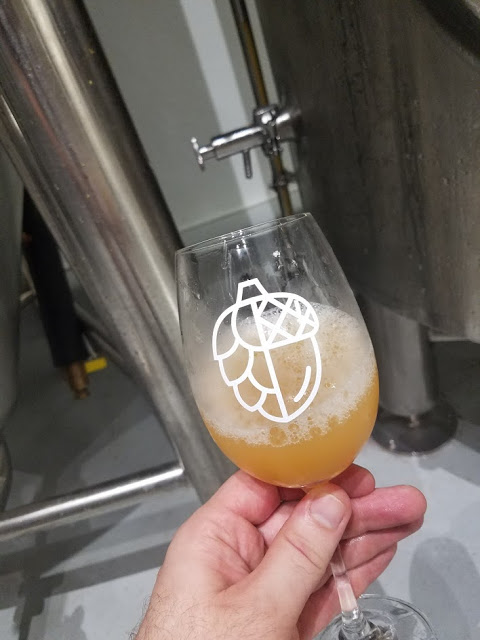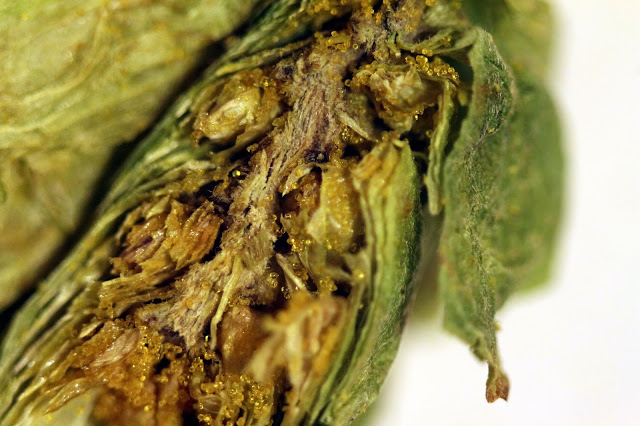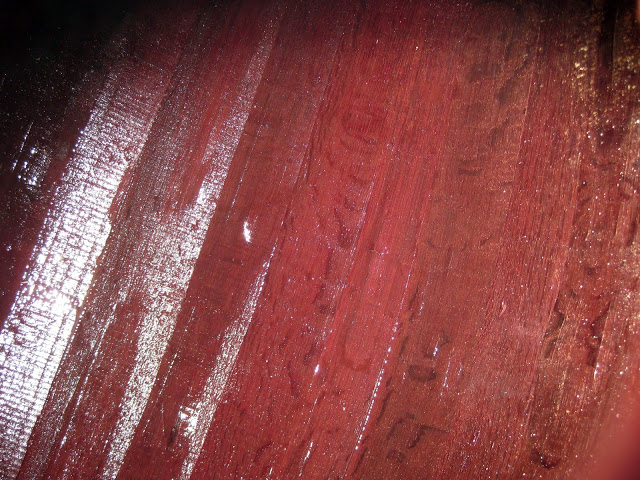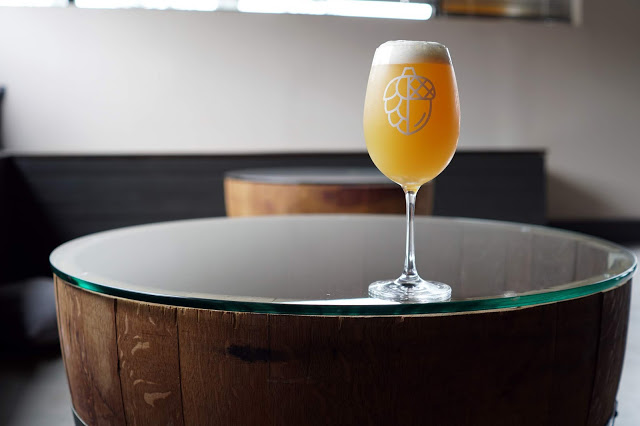 I felt it was time to bring you up to date on some of the new things happening at BeerSmith. BeerSmith Web Version I’ve been working hard to build a complete web based version of BeerSmith 3. Last year I released most of the BeerSmith tools to Gold+ members on the BeerSmithRecipes.com web site along […]
I felt it was time to bring you up to date on some of the new things happening at BeerSmith. BeerSmith Web Version I’ve been working hard to build a complete web based version of BeerSmith 3. Last year I released most of the BeerSmith tools to Gold+ members on the BeerSmithRecipes.com web site along […]  I felt it was time to bring you up to date on some of the new things happening at BeerSmith. BeerSmith Web Version I’ve been working hard to build a complete web based version of BeerSmith 3. Last year I released most of the BeerSmith tools to Gold+ members on the BeerSmithRecipes.com web site along […]
I felt it was time to bring you up to date on some of the new things happening at BeerSmith. BeerSmith Web Version I’ve been working hard to build a complete web based version of BeerSmith 3. Last year I released most of the BeerSmith tools to Gold+ members on the BeerSmithRecipes.com web site along […] 





